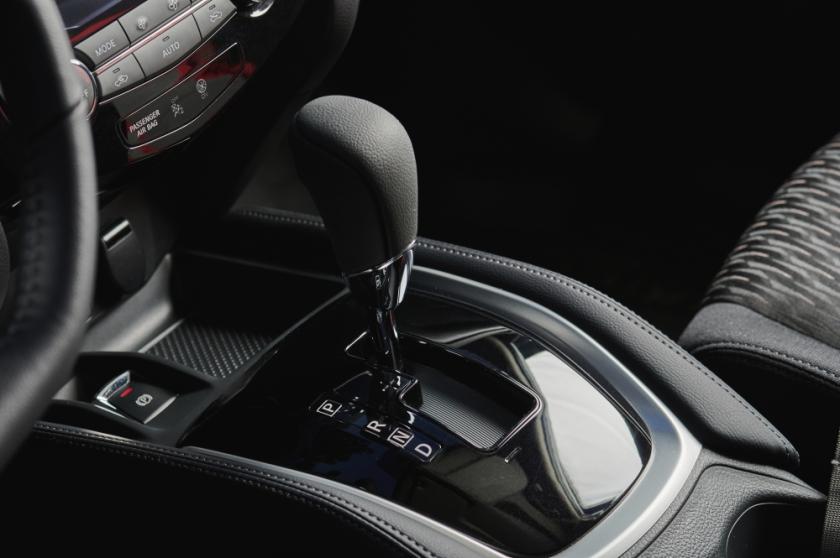Leasing Overview
Personal Leasing
Business Leasing
Electric Vehicle Leasing
Minibus Leasing
Almost all! Unlike petrol and diesel cars, an EV doesn’t need a clutch or gears. A handful of manufacturers do add gears in though, to maintain a ‘traditional’ drive feel. Fuel engines need multiple gears to navigate usable torque and power in the narrow band of optimal engine speed, whereas EVs are power-efficient throughout their rev range and almost immediately reach maximum torque.
All EVs are automatic. EVs are power-efficient throughout their revs, unlike fuel engines which have a narrow rev band in which they can deliver maximum performance. EVs need only one gear. No gearbox means even basic EVs are speedy from a standstill and accelerate smoothly and continuously.
No! Forget changing up as you pull away from traffic lights, or navigating a change-down as you come up to a roundabout - with just one ‘gear’, EVs remove all of that fuss. If you want to know more about the inner workings of an EV, check out our guide on how electric cars work.
The braking is different in electric cars too. Many electric cars top up their batteries via regenerative braking. Regenerative braking uses the energy wasted in slowing down your car to top up the battery. This means that, in most models, as soon as you remove your foot from the accelerator your battery is being topped up. This is how Hybrids or HEVs (but not Plug-in Hybrids, PHEVs) predominantly charge their ancillary batteries (the batteries for other car processes, think the electric dash, windows, AC etc), to make less work for the engine and burn less fuel for battery provision.
The BMW i3, for example, recoups your energy as soon as you lift from the throttle. You can configure it to harvest energy more or less forcefully, but in reality, this means that, once you’re used to it, you can predominantly drive using only one pedal.
Yes. In order to achieve the task of combining an electric engine with fuel, hybrid and plug-in hybrid cars (HEVs and PHEVs) are automatic too. Most use CVT - continuously variable transmissions - in their automatic gearboxes. See our electric lease deals to find a model that might suit you.
Tesla does not provide any cars with manual transmission (although the first Tesla models, the Tesla Roadster, did come with two gear speeds - though still no clutch, as they’re irrelevant in an EV). The electric engine generates such a huge amount of torque a manual transmission wouldn’t be able to cope!

0-60mph speeds are constantly being broken in EVs as they deliver torque almost immediately.
The ease of a manual drive.
No gearbox parts to malfunction.
Adding complexity (eg gears) adds price so EVs can shave that extra price tag off.
The quiet. No acceleration and gear change noises!
Smooth and seamless acceleration.
A ‘new’ or ‘non-traditional’ drive feel.
If you pass your test in an automatic, you are only insured to drive automatic vehicles.
Automatics are generally more expensive to drive. This is one reason EVs tend to be more expensive than their fuel counterparts.